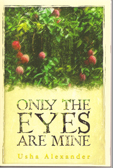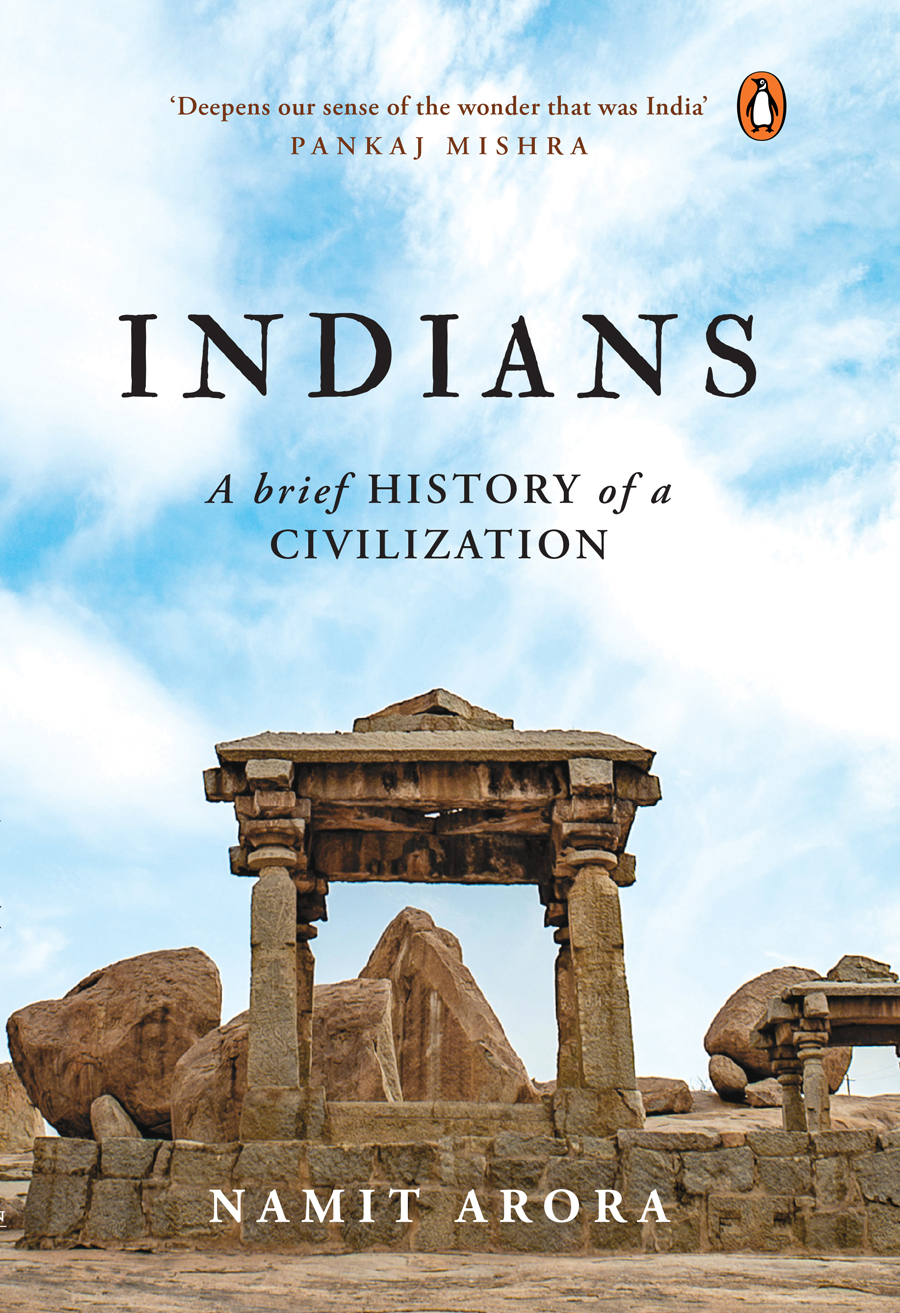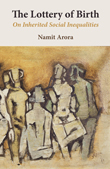 The Asian Art Museum (AAM) in San Francisco is one of the largest of its kind in the West. Interestingly, over half of its 15,000 pieces come from a single donor -- Avery Brundage (1887-1975), an engineer-businessman from Chicago, Olympic athlete, sports official, art collector, and a philanthropist, who ran a real estate company and also headed the International Olympic Commission from 1952-72. He successfully opposed the US boycott of the 1936 Olympics in Nazi Germany, criticizing "radicals and communists" for the move. He was not only a racist and Nazi sympathizer, he even praised Hitler at a NY rally.
But none of this kept him from accumulating some of the rarest and finest works of Asian art, with a special taste for Buddhist art (go figure!). For Indian art at least, the man seems to have gone for physical perfection. It's not clear if he ever visited India, or had much insight into what he was collecting. These pieces probably bubbled up to the top of the art market in the West and he acquired them with a passion. Spanning three floors, the museum requires multiple visits to do justice to it. Here are ten selections from its South Asia gallery. Other galleries include The Persian World and West Asia, China, Southeast Asia, The Himalayas and the Tibetan Buddhist World, Korea, and Japan.

The Bodhisattva Maitreya, 100-300; Pakistan / ancient
Gandhara
"Maitreya is believed to be a powerful spiritual being who,
when the time is right, will be born on earth in human form
and become the next Buddha. Though little actual jewelry has
survived from this early period, the elaborate ornaments,
collar, necklace, and bracelets shown here provide evidence of
what such jewelry looked like. Notice on the necklace the
long-bodied
centaurs."
 The
Buddha visits his former wife and son, 100-300; Pakistan
/ ancient Gandhara.
"Once, the Buddha returned to his father's capital to visit
his former wife and son, Yashodhara and Rahula." When the
mother sent the boy to ask the visiting monk for his
inheritance, the Buddha decided to share with him "the noble
wealth that [he had] attained at the place of enlightenment."

The deity Jambala, 1000-1100; Sarnath, UP or Bodh Gaya, Bihar
"Jambala is chief among a group of deities known as yakshas, who are closely associated with nature and the riches of the earth. The over-turned treasure vases at the base of this sculpture and the mongoose spitting forth jewels in Jhambala's left hand indicate his ability to grant wealth and prosperity. Jambala and other yakshas were the focus of numerous local cults before Hinduism, Buddhism and Jainism ... which incorporated many such deities into their pantheons."

The Hindu deity Chamunda, 800-1000; Rajasthan
"Two male demons set out to overcome the war goddess Durga. When she saw them, 'her face in anger became black as ink. From her knitted brows sprang forth Kali [Chamunda], with her dreadful face ... a strange skull-topped staff [and] shrouded in a tiger skin ... gruesome with her emaciated skin ... terrifying with its lolling tongue, and filled the directions with roars.' Here the terrifying twelve-armed goddess [also] brandishes ... a trident, bow, skull cup, and other implements of violence. In her two uppermost hands she holds a corpse."

Shiva as destroyer of the three cities of the demons,
1000-1100; Central India
"Three demons practice such severe self-denial that they earn
a favor from the deity Brahma. They ask [for immortality but]
Brahma says that there is no complete immortality and tells
them to ask for a different favor. Then they ask 'that we may
establish three cities and wander over this world by your
grace. Then, after a thousand years, we will come together and
these cities will become one, and ... Shiva will destroy these
united cities with a single arrow, and that will be our
death.' Shiva is shown at the moment when the three cities
unite, shooting the single arrow that will destroy them. In
addition to the bow at upper right, in most of his other nine
hands he holds a variety of weapons. His left foot rests on
the back of a demon. Behind the other foot can be seen his son
... Ganesha".

The Buddhist deity Vajra Tara, 1075-1200; perhaps Nalanda,
Bihar
"Known as a provider of magical protection. Her devotees were
adherents of a branch of Buddhism that made use of mandalas,
special diagrams for meditational purposes. This image of
Vajra Tara and her attendants is, in fact, a sculptural
mandala. The organization of its figures adheres to Buddhist
texts that speak of her being seated amidst a group of ten
goddesses. Here they are arranged along the upper edge of the
backslab and at the sides of the lotus pedestal ... [her eight
arms] carry symbolic implements (such as noose, elephant prod,
and lotus) that are also described in Buddhist literature."

The River deity Ganga, 800-900; probably Rajasthan
"Two of India's greatest rivers, the Ganga (Ganges) and the
Yamuna, are personified as goddesses with the same names....
often represented at either side of ... temple doorways ...
Ganga here stands on a mythical water creature that has a
little male figure issuing from its upturned mouth. The
voluptuous goddess leans on the shoulder of an attendant. The
large leafed lotus vine above the goddess's head was held like
an honorific parasol by another attendant ... broken off
except for one foot and one arm."

One-faced Linga, 400-450; MP
"Temples devoted to the Hindu god Shiva often contain in their
innermost sanctums a linga, or phallic emblem of this god.
While most are plain in appearance, some--like this
example--depict the face of Shiva. Shiva's association with
the phallus derives from his asceticism. In the Indian
cultural sphere, ascetics were thought capable of attaining
extraordinary powers--sometimes rivaling those of the
gods--through meditation, austerities, and strict self-denial.
Because their practices included celibacy and strict control
of reproductive fluids, the upright phallus came to represent
accumulated stores of energy and creative ability. Shiva, the
foremost of ascetics, possesses powers vast enough to generate
creation."

Nandi, 1400-1500; Tamil Nadu
"The bull Nandi is the faithful mount of the Hindu deity
Shiva. In southern India, a large sculpture of Nandi would
usually be placed in front of the main sanctuary of a temple
to Shiva. It would face the sanctuary, so that Nandi could
gaze adoringly at the representation of his master enshrined
there.... here, Shiva's bull is decked with garlands, strings
of bells, an elaborate blanket, and other decorations carved
into the stone. In the temple, it would have been wreathed in
real flowers and fabrics."

The Hindu deity Parvati, 1050-1100; Jaynagar-Hasanpur,
Bihar
"Parvati, the wife of Shiva, holds in her left hand a
now-broken figure of her child Skanda; her other child, the
elephant-headed Ganesha, can be seen near her right foot.
Beneath her lotus throne is the lion she customarily rides.
Above her, elephants pour water over her in a gesture of
homage."
|



















